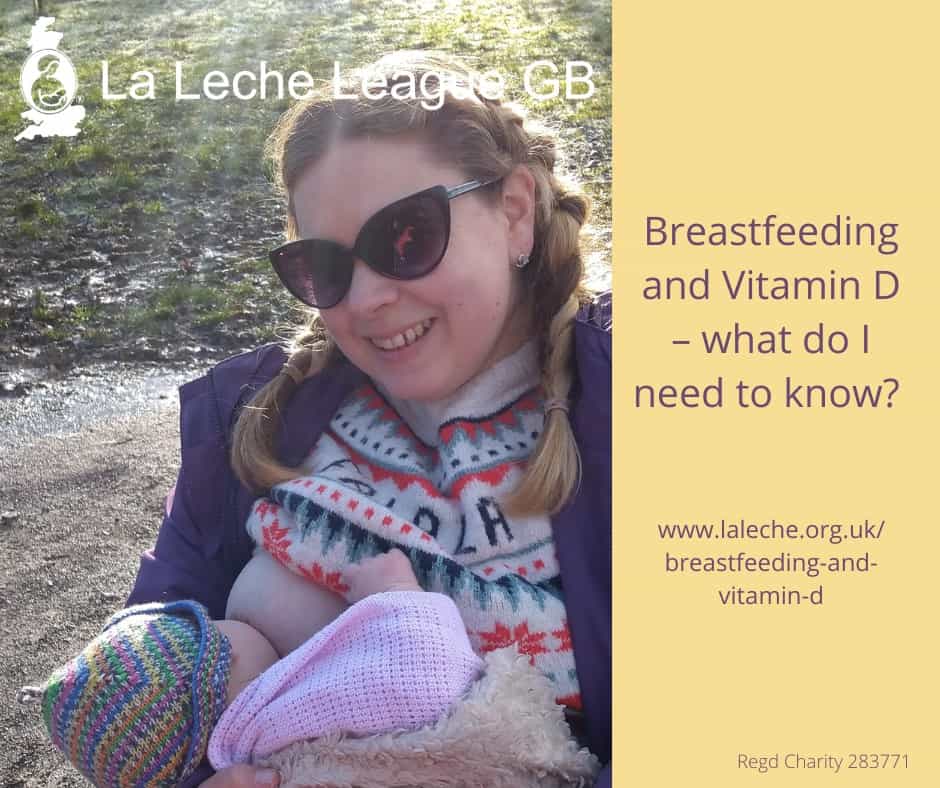

Breast milk from healthy well-nourished women is expected to provide adequate amounts and concentrations of the majority of nutrients for optimal growth of infants. Exclusive breastfeeding up to 6 months of age is recommended, followed by continued breastfeeding up to two years or beyond. This review provides global estimates of calcium, zinc and vitamin D content in breast milk, as well as indications on changes over time and depending on influencing factors.īreast milk is a major component of the diet and an important source of nutrient intake in infants and young children. Vitamin D concentration showed wide variations between studies and was influenced by vitamin D supplementation, continent and season. A total of 43 studies reporting on breast milk vitamin D were identified, with a mean total antirachitic activity of breast milk of 58 IU/L (95% CI: 45, 70), which consisted mostly of 25OHD3, and smaller amounts of vitamin D3, 25OHD2 and vitamin D2. Zinc concentration at a specific time during lactation could be estimated with the equation: zinc concentration = 6 + 0.0005 ✕ days – 2.0266 ✕ log(days). Zinc concentration started high in the first weeks post-partum followed by a rapid decrease over the first months. Zinc concentration was influenced by several factors, such as maternal age, gestational age, and maternal diet.

A total of 242 studies reporting on breast milk zinc were identified, with a mean zinc concentration of 2.57 mg/L (95% CI: 2.50, 2.65). Calcium concentration at a specific time during lactation could be estimated with the equation: calcium concentration = 282 – 0.2331 ✕ number of days since birth. Calcium concentration was influenced by maternal health and decreased linearly over the duration of lactation.

ResultsĪ total of 154 studies reporting on breast milk calcium were identified, with a mean calcium concentration in breast milk of 261 mg/L (95% CI: 238, 284). The effect of influencing factors were investigated with sub-group analyses and meta-regressions. Random effects meta-analyses were conducted. Studies reporting the calcium, zinc and vitamin D content in breast milk of apparently healthy mothers and infants were included. MethodsĪ systematic search of the online databases Embase, MEDLINE, and CENTRAL was conducted in November 2022 and complemented by searches of the African Journals Online database and the LILACS database, and reference lists. The objective of this systematic review was to determine the calcium, zinc, and vitamin D content in breast milk.

Global estimates of calcium, zinc and vitamin D content in breastmilk are lacking.


 0 kommentar(er)
0 kommentar(er)
